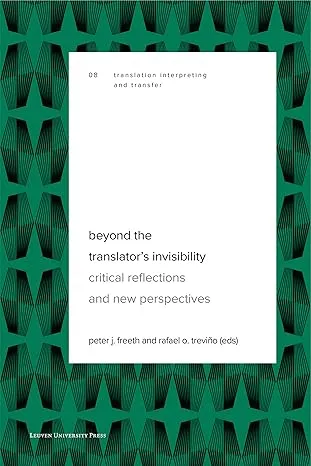Beyond the Translator's Invisibility: Critical Reflections and New Perspectives
by Peter J. Freeth, Rafael Treviño
English | 2024 | ISBN: 9462703981 | 287 Pages | PDF | 5.3 MB
by Peter J. Freeth, Rafael Treviño
English | 2024 | ISBN: 9462703981 | 287 Pages | PDF | 5.3 MB
The question of whether to disclose that a text is a translation and thereby give visibility to the translator has dominated discussions on translation throughout history. Despite becoming one of the most ubiquitous terms in translation studies, however, the concept of translator (in)visibility is often criticized for being vague, overly adaptable, and grounded in literary contexts. This interdisciplinary volume therefore draws on concepts from fields such as sociology, the digital humanities, and interpreting studies to develop and operationalize theoretical understandings of translator visibility beyond these existing criticisms and limitations. Through empirical case studies spanning areas including social media research, reception studies, institutional translation, and literary translation, this volume demonstrates the value of understanding the visibilities of translators and translation in the plural and adds much-needed nuance to one of translation studies' most pervasive, polarizing, and imprecise concepts.



